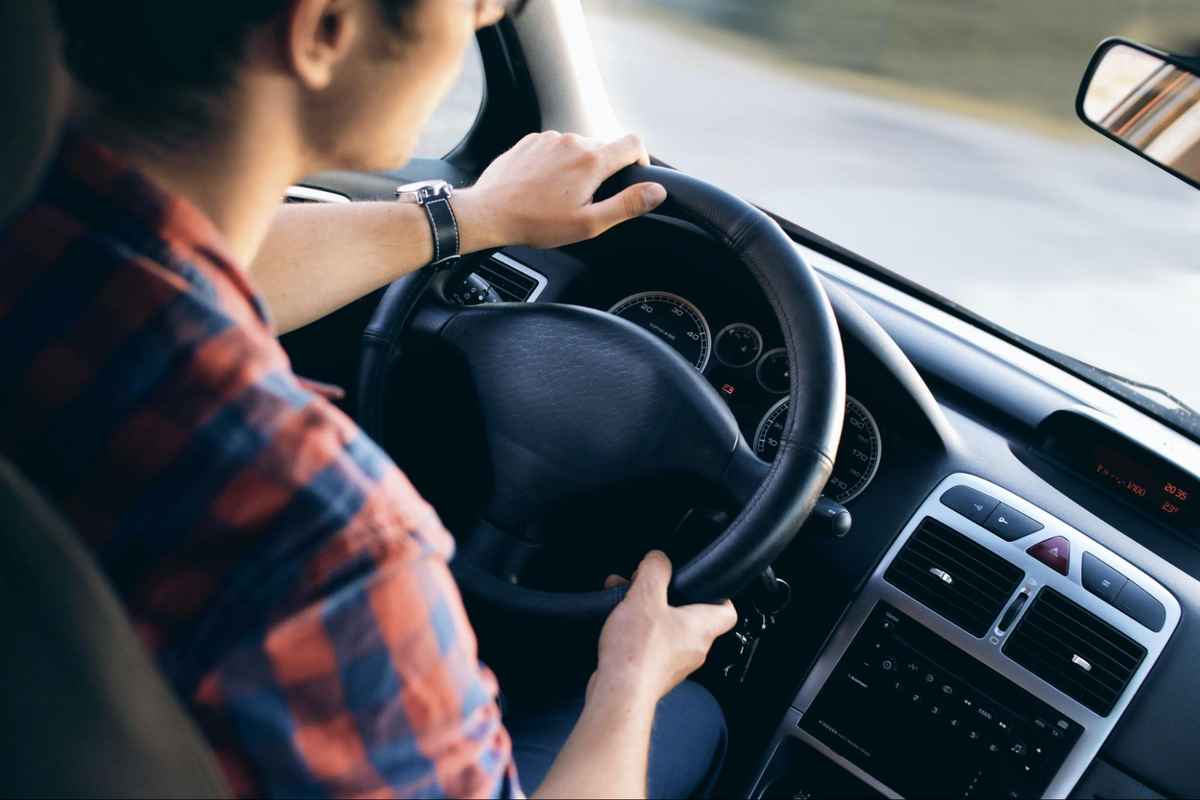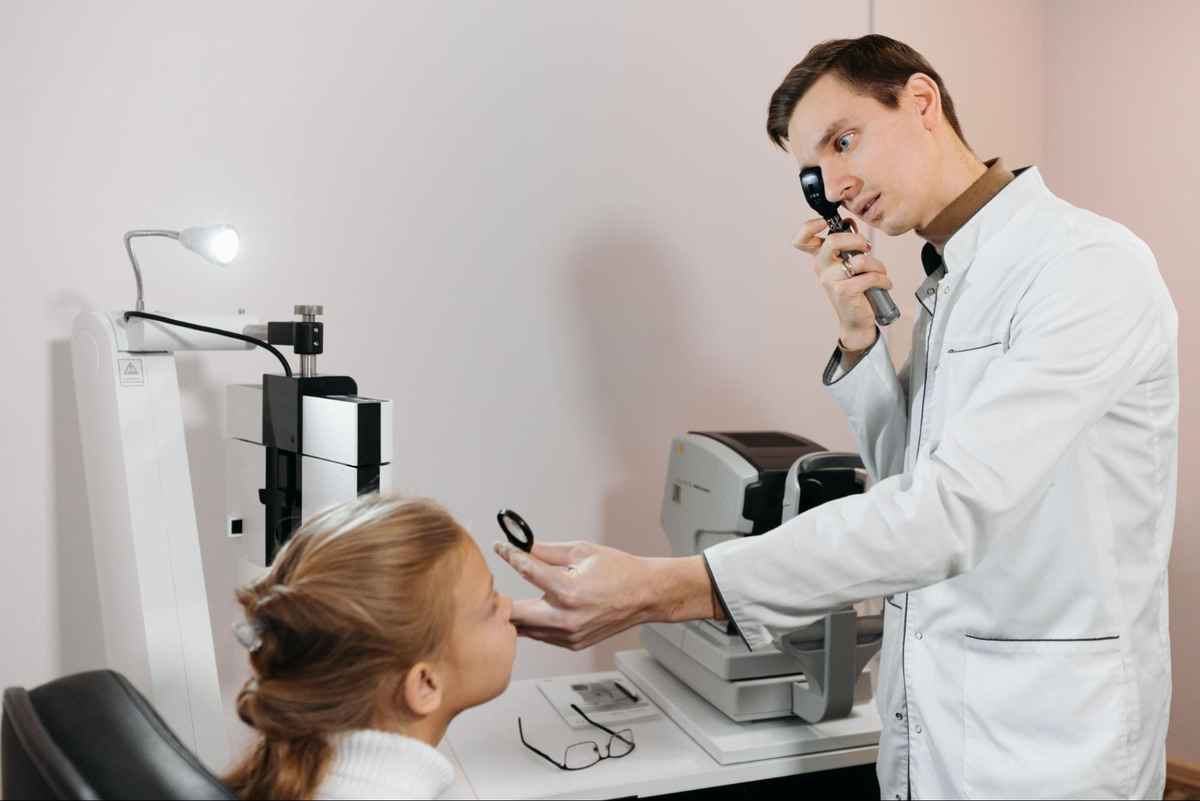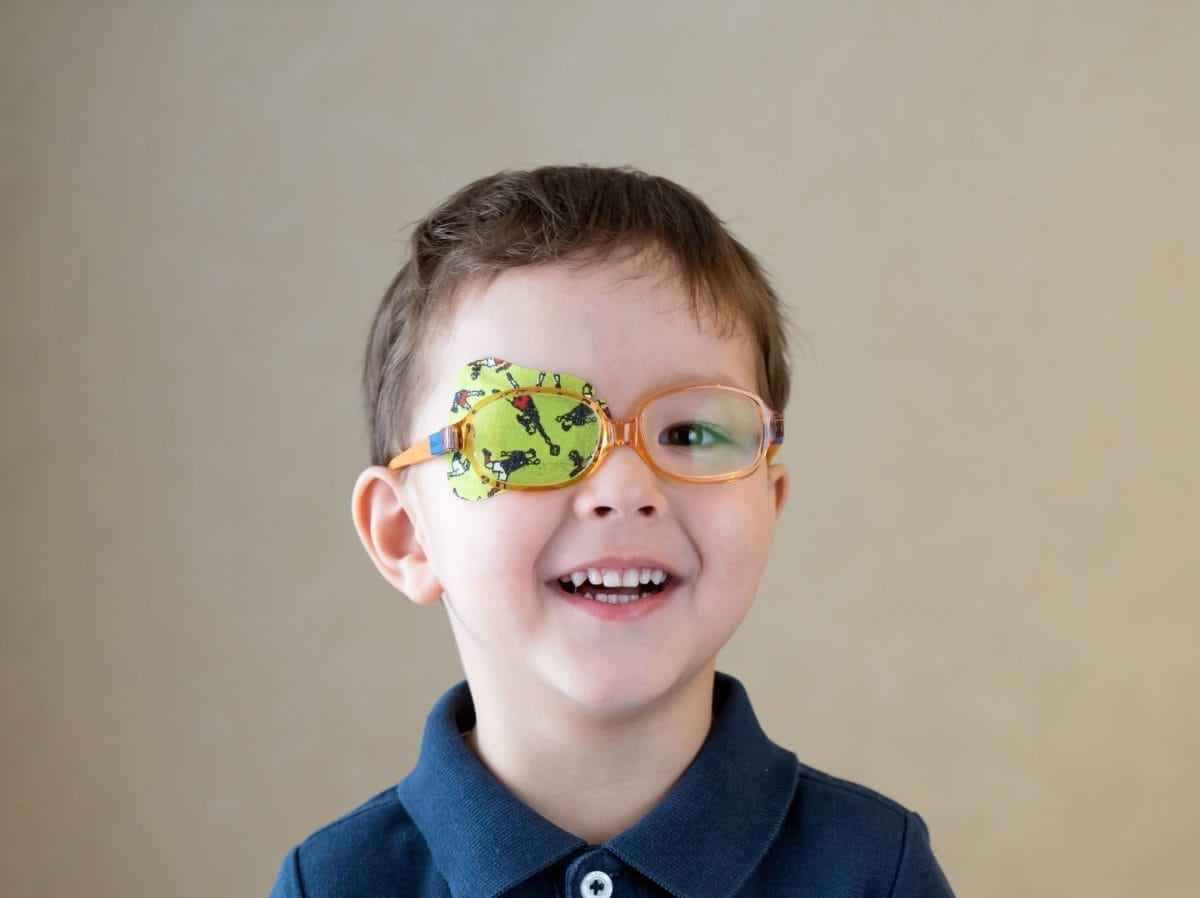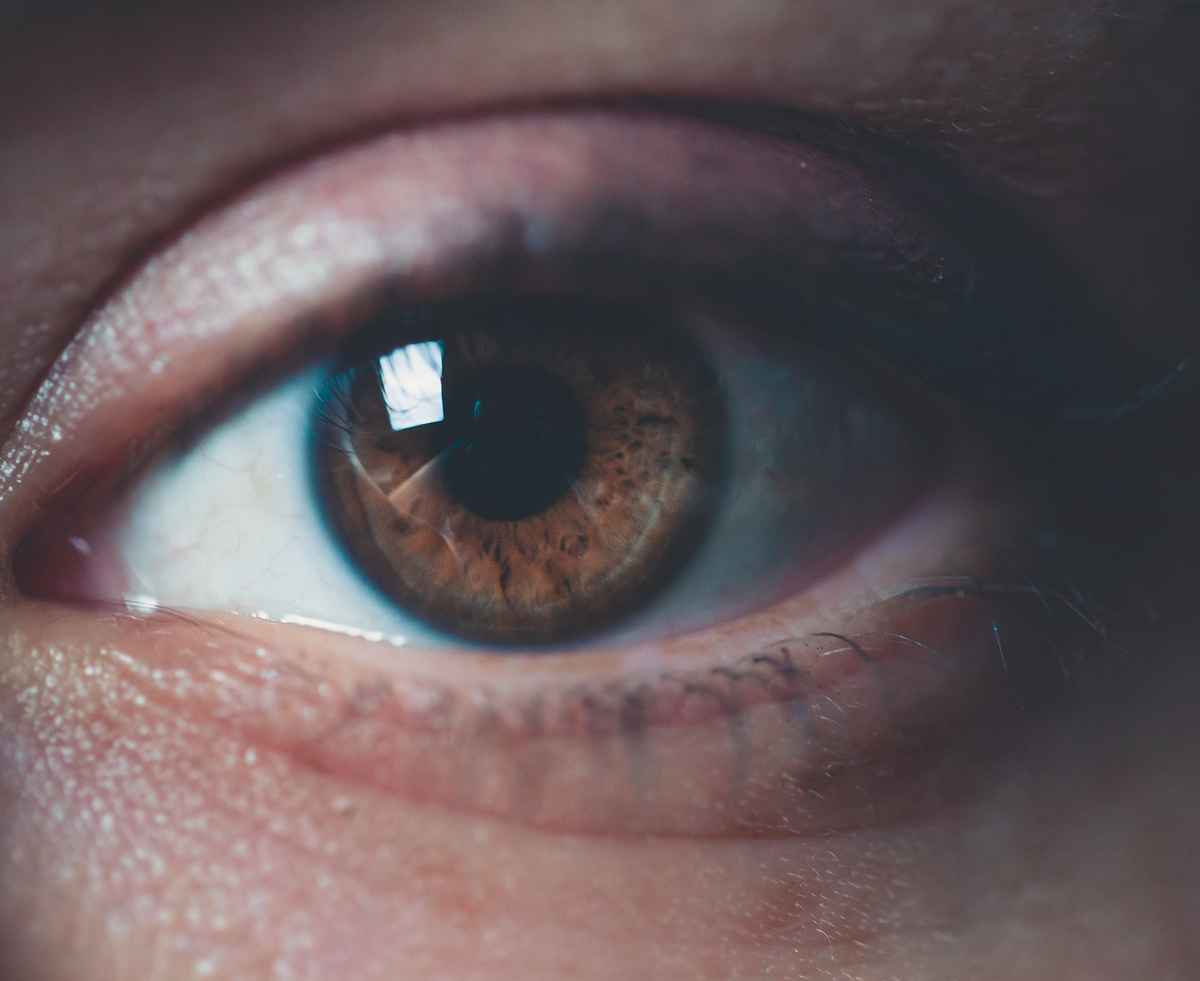What is Binocular Vision & Why Does it Matter?
Binocular vision is super important in our everyday lives. It helps us judge depth and distance accurately, which is essential when you think about it—just imagine trying to park your car without it!
It also contributes significantly to our hand-eye coordination and overall world perception. Let’s dive in and explore what binocular vision is all about, how it works, and why it’s so crucial for our daily activities and overall well-being.
What the heck is binocular vision
So, how can we see the world around us with both eyes? Well, that’s because we have something called binocular vision. It means that our eyes work together to create one image. It’s necessary since our eyes are at slightly different angles. Each eye sees a slightly different view of the world.
Our brain then combines these two slightly different images into a three-dimensional image with depth and dimension. The way binocular vision works in the brain is unique. Our brain receives information from each eye separately and then compares the differences between the two images.
Our two eyes must be pointed in the same direction and work together to create a cohesive view. The retina is crucial in sending information to the brain to create this view. It then uses this information to calculate the distance and depth of objects in our environment. That’s the basics of how we can tell the distance of an object.
In comparison, monocular vision, which is the ability to see with only one eye, has some limitations. It lacks the depth perception and ability to accurately judge distance that binocular vision provides. For example, if you’re looking at a flat image like a photograph with only one eye, it can be difficult to tell how far away objects in the photo are.
Binocular vision provides an advantage in activities like catching a ball or driving a car, where we must accurately judge the distance and speed of objects in our environment.
Binocular vision helps us in our everyday activities
Have you ever stopped to think about how we can navigate the world? Well, a big part of that is thanks to binocular vision. It helps us accurately judge the distances and locations of objects in our environment.
But it’s not just everyday tasks that binocular vision is essential for—it’s also critical for daily activities like driving. You must have binocular vision to accurately judge distance and speed to avoid obstacles and other drivers. And in sports like baseball, tennis, and basketball, accurately judging the speed and distance of the ball or other players can make all the difference.
The implications can be significant for people with impaired binocular vision.. It can make daily activities more challenging and dangerous and limit their ability to participate in particular sports or other activities. But the good news is, there are treatment options available—things like vision therapy or corrective surgery—that can improve binocular vision and alleviate these limitations.
We aren’t born with perfect binocular vision
Binocular vision isn’t something we’re born with—it takes some time to develop. In infants, it develops around four months old and continues to improve until about three years old. During this time, the brain is learning to fuse the slightly different images from each eye into one cohesive picture.
Early detection and treatment of binocular vision problems in children cannot be overstated. If left untreated, binocular vision problems can lead to permanent vision impairment, difficulty with learning and development, and even behavioral issues.
It’s possible to correct disorders in binocular vision
Common binocular vision disorders in children include amblyopia (also known as lazy eye) and strabismus (where the eyes are misaligned).
Fortunately, these conditions can often be corrected or improved with early detection and treatment. Treatment options may include vision therapy, corrective lenses, or in some cases, surgery.
Strabismus is a condition where the eyes are misaligned, meaning they don’t point in the same direction. This condition can lead to double vision, headaches, and difficulty with depth perception. Amblyopia (lazy eye) is a condition where one eye doesn’t develop properly during childhood.
This can result in poor eye vision and cause depth perception problems. So, what causes these binocular vision disorders? Well, there are a few different factors that can contribute. Strabismus is a condition where the eyes are not correctly aligned, and it can happen because the muscles that control the eyes or the nerves that signal those muscles are not working correctly.
Amblyopia mainly stems from a misalignment or difference in refractive error between the two eyes during childhood development. There are several treatments available for these binocular vision disorders.
Treatments for both eye disorders include eye patches, corrective lenses, and surgery. The key is to catch these disorders early on and seek treatment as soon as possible.
Get checked regularly to maintain eye health
Eye exams aren’t just for people who already wear glasses or contacts — they’re essential for everyone. That’s because eye exams can detect a wide range of vision problems, including those related to binocular vision.
The eye doctor will check your eyes’ alignment and how well they work together. They’ll also test your depth perception and overall visual acuity. This can help catch potential problems early on before they become more severe and challenging to treat.
But the importance of regular eye exams goes beyond just detecting vision problems. Regular eye exams can also help maintain healthy vision over time. They are also essential to detecting signs of eye diseases like glaucoma or macular degeneration.
There are some cost-effective options available. Many vision insurance plans cover routine eye exams, and some vision clinics offer affordable packages for people without insurance. You can also look into free vision screenings from community organizations or public health clinics.
Binocular vision supports our daily activities in many ways
Binocular vision is critical to our everyday lives, helping us judge depth and distance accurately, improving our hand-eye coordination, and contributing significantly to our overall perception of the world.
But as we’ve seen, healthy binocular vision is only sometimes a given. Disorders related to binocular vision, like strabismus and amblyopia, can cause severe problems if left untreated. That’s why it’s so important to prioritize your eye health and seek professional guidance regarding your vision needs.
So if you last had an eye exam a while ago, now’s the time to schedule one. Your eye doctor can assess the alignment and function of your eyes, catch potential problems early on, and help you maintain healthy vision over time.
Don’t let vision problems go undetected—prioritize your eye health today!
References
- “Lazy eye (amblyopia)”, Mayo Clinic.
- “Strabismus”, Medline Plus.
- “Binocular Vision”, See Vividly.

Written by:
Angie Garcia

















